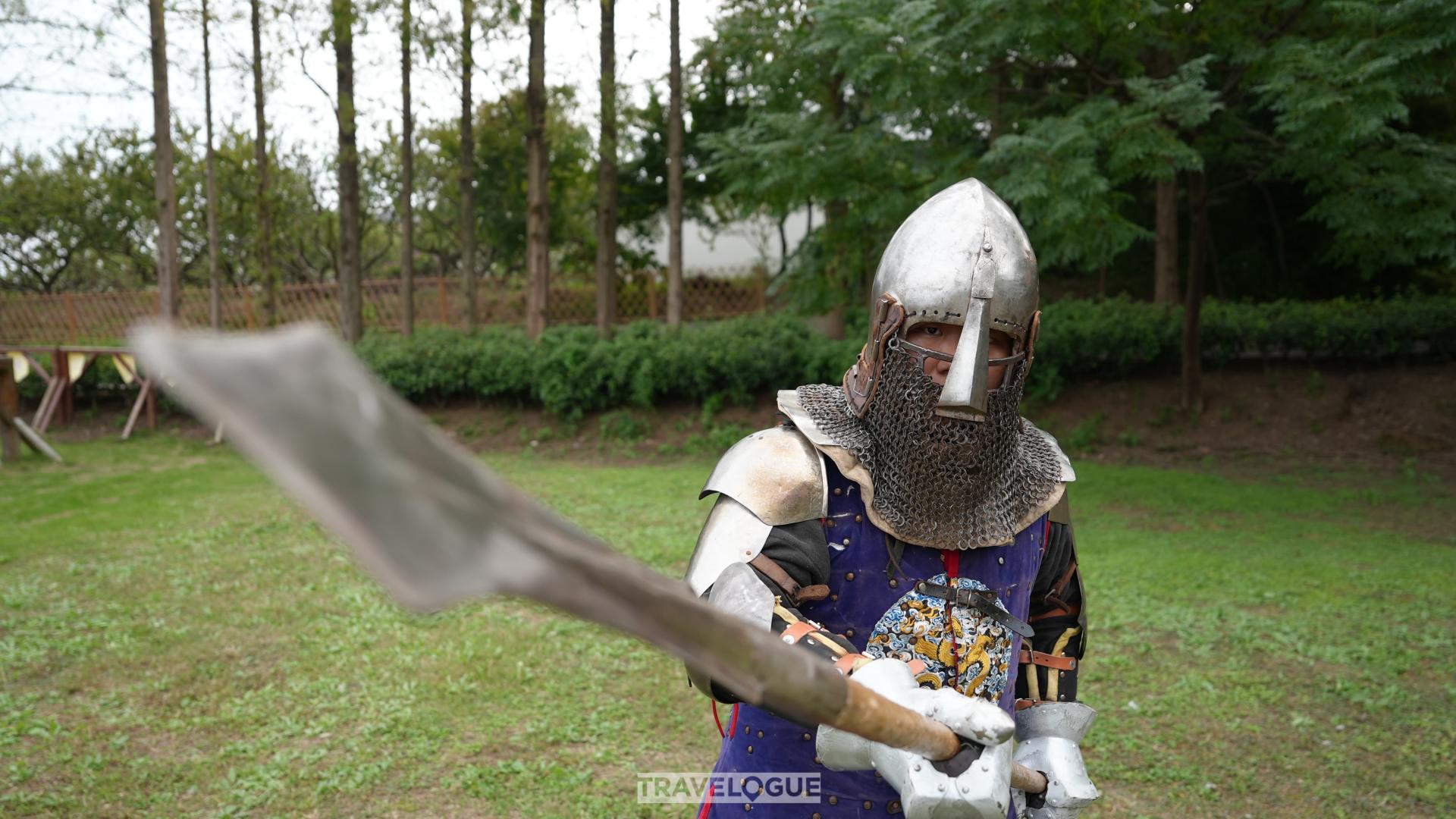The Rise of Buhurt: Why Armor Is Essential for Contemporary Heavy Combat Sports
Buhurt combat demands strict adherence to rules and authentic armor, making it a true test of historical martial prowess.

Clad in gleaming metal from head to toe, competitors gather for Buhurt—the exhilarating sport that revives the thunder of historical full-contact combat. The event is not simply a spectacle; it is a carefully regulated contest where authenticity and athleticism intersect. Every participant must don painstakingly crafted armor, replicating the designs and materials once used by warriors centuries ago. Spectators are often transported back in time, witnessing sights reminiscent of ancient Chinese battlefields, complete with the clang of steel and the disciplined formation of ranks.
Buhurt, also known as Medieval Full-Contact or Historical Medieval Battles (HMB), has seen a surge in popularity among enthusiasts seeking both adrenaline and historical immersion. The rules are clear and enforced—armor must adhere to specifications grounded in historical research, and safety standards are paramount. Weapons, though blunted for competition, are forged in the spirit of their deadly originals, requiring both skill and caution to wield.
Preparation for such events is rigorous. Participants train for months, not only honing their swordsmanship and physical conditioning but also ensuring every piece of equipment meets stringent authenticity checks. The gear can weigh upwards of 30 kilograms, demanding tremendous stamina and endurance from each fighter. In the arena, bouts unfold with explosive intensity, blending martial prowess with the pageantry of history.
For many, Buhurt is more than just a sport; it is a living tribute to the warriors of the past. By meticulously reconstructing battle scenes from the eras when cold weapons dominated, modern fighters forge a tangible connection to history. The commitment to authenticity sets Buhurt apart from other combat sports, offering both participants and onlookers a rare opportunity to engage with heritage in its most visceral, dynamic form.




